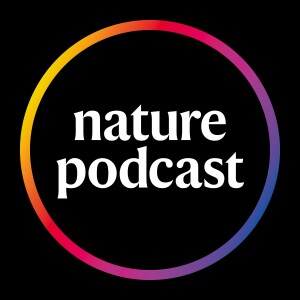
Why low temperatures could help starve tumours of fuel
 2022-08-10
2022-08-10
Cold exposure in mice activates brown fat to deny tumours glucose, and the future of extreme heatwaves.
00:45 How cold temperatures could starve tumours
A team of researchers have found that exposing mice to the cold could starve tumour cells of the blood glucose they need to thrive. They showed that the cold temperatures deprived the tumours of fuel by activating brown fat – a tissue that burns through glucose to keep body temperature up. The team also showed preliminary evidence of the effect occurring in one person with cancer, but say that more research is needed before this method can be considered for clinical use.
Research article: Seki et al.
08:59 Research Highlights
Evidence of the world’s southernmost human outpost from before the Industrial Revolution, and how jumping up and down lets canoes surf their own waves.
Research Highlight: Bones and weapons show just how far south pre-industrial humans got
Research Highlight: How jumping up and down in a canoe propels it forwards
11:24 The future of extreme heatwaves
Climate scientists have long warned that extreme heat and extreme heatwaves will become more frequent as a result of climate change. But across the world these events are happening faster, and more furiously, than expected, and researchers are scrambling to dissect recent heatwaves to better understand what the world might have in store.
News Feature: Extreme heatwaves: surprising lessons from the record warmth
See acast.com/privacy for privacy and opt-out information.
More Episodes
 2024-01-03
2024-01-03
 2023-12-27
2023-12-27
 2023-12-20
2023-12-20
 2023-12-14
2023-12-14
 2023-11-17
2023-11-17
 2023-11-15
2023-11-15
Create your
podcast in
minutes
- Full-featured podcast site
- Unlimited storage and bandwidth
- Comprehensive podcast stats
- Distribute to Apple Podcasts, Spotify, and more
- Make money with your podcast
It is Free
- Privacy Policy
- Cookie Policy
- Terms of Use
- Consent Preferences
- Copyright © 2015-2024 Podbean.com


